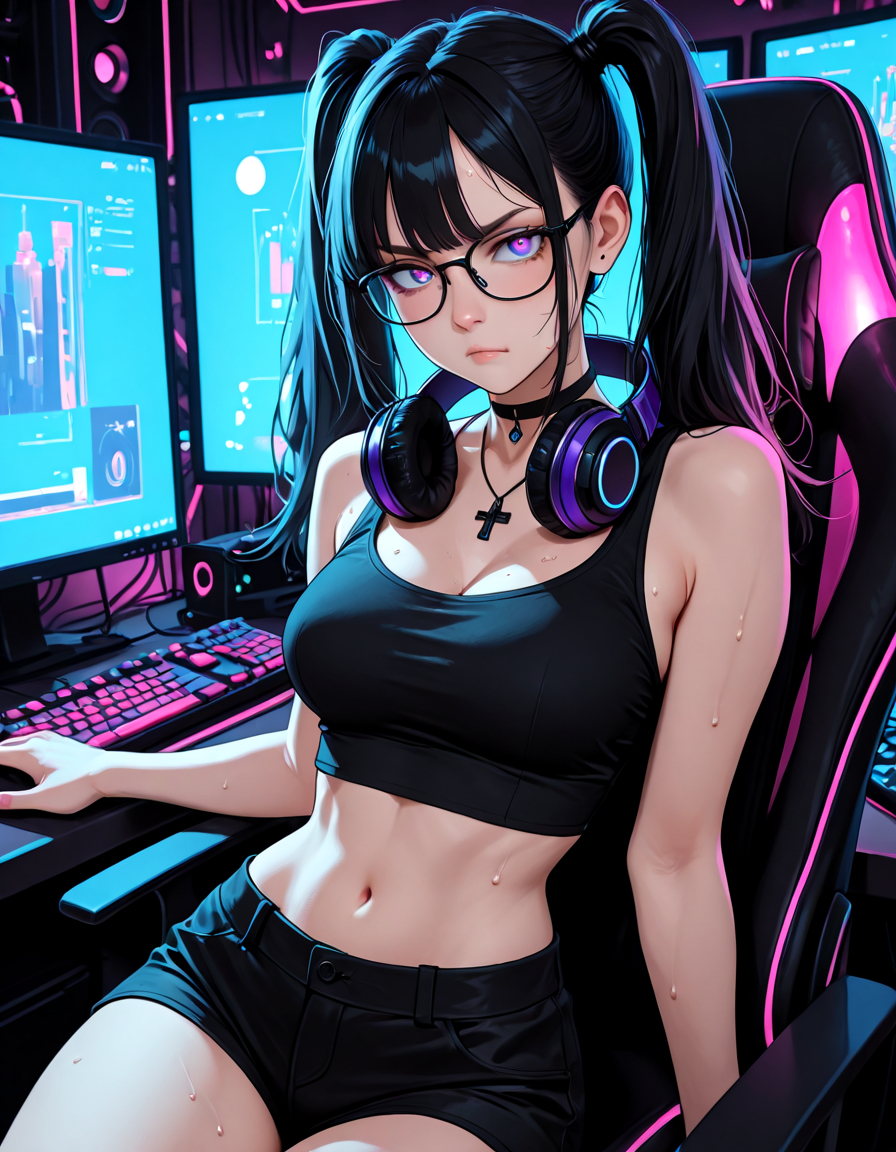
CS2 Performance Issues and Optimization Woes
The Struggle for Smooth Gameplay in Modern FPS
Let me tell you something – trying to maintain consistent performance in CS2 feels like trying to keep your cool when your team is down 14-1. I’ve been diving deep into the community’s experiences, and let me just say, the performance complaints aren’t just random whining. They’re coming from players with some serious hardware firepower who are still getting slapped by frame drops and stutters.
What really struck me is how widespread this issue is. We’re talking about players with RTX 4070 Supers, Ryzen 9 processors, and enough RAM to run a small country reporting that their fps has literally halved in recent months. That’s not just annoying – that’s game-breaking for a competitive shooter where every millisecond counts.
The Hardware vs Performance Paradox
Here’s the wild part: some players are reporting that their GPUs actually work harder in the main menu than during actual gameplay. Can you imagine that? Your graphics card is chilling at 70°C during intense firefights but suddenly spikes to 80°C when you’re just staring at your skin collection. That’s like doing more cardio while browsing Netflix than during your actual workout.
And it’s not just about raw power either. Players with high-end systems are experiencing massive frame time inconsistencies that make the game feel like it’s running at half the refresh rate it claims. That kind of performance variation is brutal for muscle memory and aim consistency.
The Memory Leak Mysteries
One of the most fascinating patterns I noticed is how performance seems to degrade as matches progress. Several players mentioned that their fps starts strong but slowly decays throughout the game. This screams memory leak or some kind of resource accumulation issue that Valve needs to address.
What’s particularly interesting is how this seems to be map-dependent. Certain backgrounds and environments appear to trigger these performance issues more than others, suggesting that optimization work needs to happen on a per-map basis rather than just blanket engine improvements.
Community Troubleshooting and Workarounds
The community has been throwing everything at this problem:
- Deleting DirectX shader caches
- Disabling Steam overlay
- Switching between fullscreen and windowed modes
- Changing background scenarios
- Limiting menu fps
- Complete game reinstalls
Some players have found temporary relief with specific fixes, but the fact that so many different solutions are being tried tells me there’s no consistent underlying cause that’s been identified yet.
The Impact on Competitive Integrity
This isn’t just about comfort or visual quality – performance inconsistency directly affects competitive integrity. When your fps can swing from 400 to 100 based on seemingly random factors, it becomes impossible to develop consistent mechanics. How are you supposed to practice spray control or movement when your game feels different every match?
I’ve seen players reporting that they need to restart their game between matches to maintain performance, which is just absurd for a competitive title. You shouldn’t need to perform ritualistic tech support routines just to get the game running properly.
The Waiting Game for Fixes
What’s most concerning is how long these issues have been persisting. Players are reporting problems that started months ago and have seen multiple updates come and go without resolution. The community sentiment is shifting from hopeful anticipation to frustrated resignation.
Valve’s communication on these performance issues has been… well, let’s just say it’s about as clear as a smoke-filled bombsite. Players are left guessing whether their specific configuration problems are known issues or unique edge cases.
The Silver Linings and Community Spirit
Despite all these frustrations, the CS2 community continues to impress me with their dedication. Players are sharing detailed troubleshooting steps, comparing hardware configurations, and helping each other navigate these performance minefields. There’s a genuine sense of collective problem-solving happening.
Some players have found creative workarounds, like switching to specific map backgrounds that seem to cause fewer issues or adjusting specific graphical settings that happen to bypass whatever optimization problems exist. It’s like watching the community reverse-engineer the game’s performance characteristics through sheer persistence.
At the end of the day, the passion for this game shines through even amidst the performance struggles. Players aren’t giving up – they’re adapting, troubleshooting, and waiting patiently for the fixes that will hopefully restore the buttery-smooth experience that competitive CS deserves.